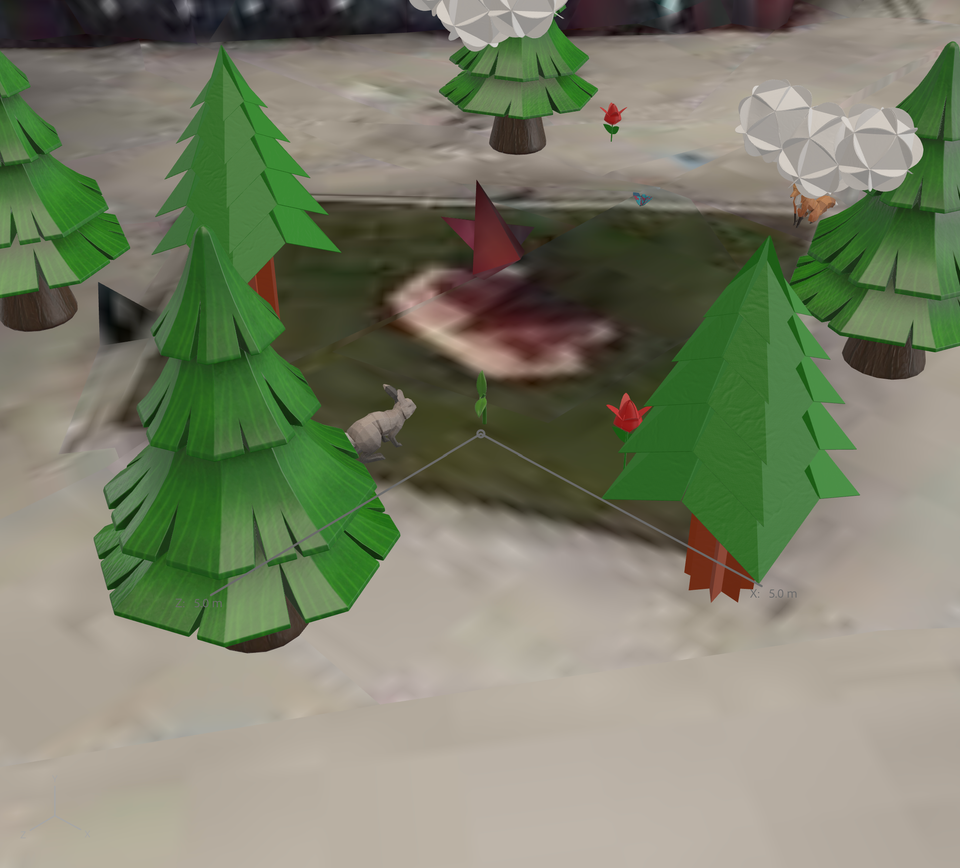Neurodivergence Awareness

For the neurodivergence awareness brief I decided to come up with a plan for an art installation room which would reflect the experiences of someone with dyspraxia. The installation would be a sensory experience room which shows the anxiety and struggle of travelling on a train while having dyspraxia. I presented this brief to a small group and some feedback I received was that I could have people entering the room wear weights on their wrists and ankles to reflect how dyspraxia makes it difficult to sense where the limbs are in space. I think this is a really good idea and I would take this advice on board with making this idea come to life.
Projector type
Digital mini-projectors are easy to use, but any projector will work. Wireless projectors with rechargeable batteries are convenient because you don't need to be near an outlet.
Image size
If you need a larger image, you can use multiple projectors and edge blend them. You can also use a mirror to extend the distance of your projector, but you'll need a first surface mirror.
Lighting
Use temporary curtains to block out sunlight. Blacking out windows is better than trying to race the light, as this can mess up the image.
Software
Some projectors come with software that allows you to adjust the image edges wirelessly.
Budget
The size and brightness of the projection will be dictated by budget. Brighter projectors are more expensive to rent or purchase.
Tracing
Trace an image onto a drawing surface using a projector. Use a tripod to keep the image steady.
Making a DIY projector
Make a DIY projector using a box, a light source, and a plastic bag.

